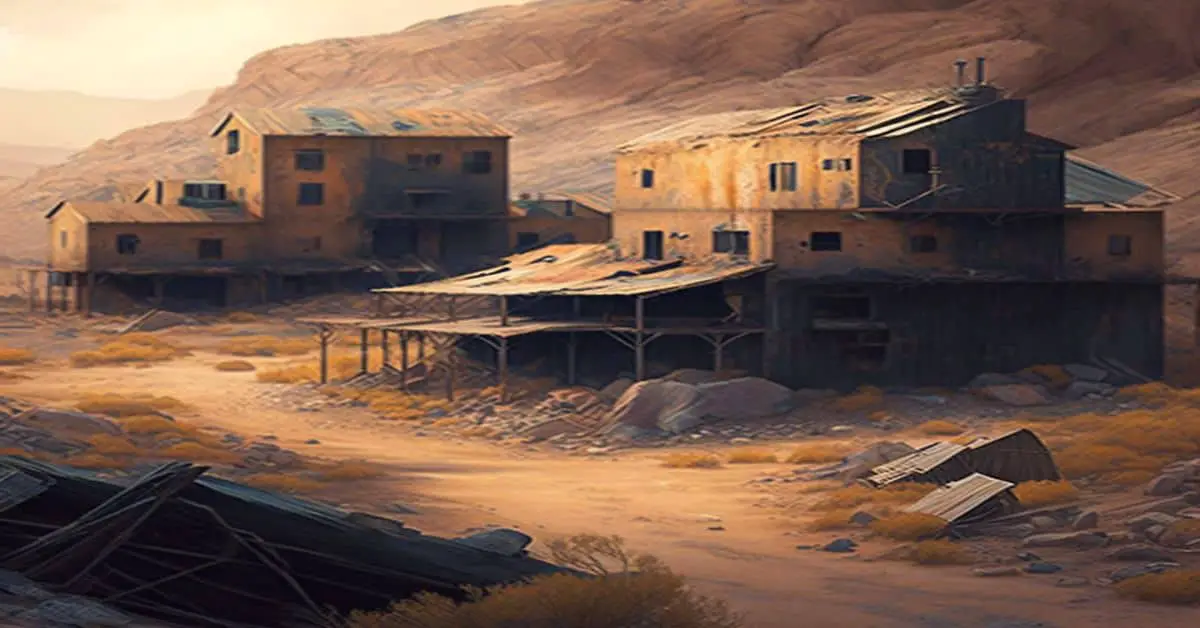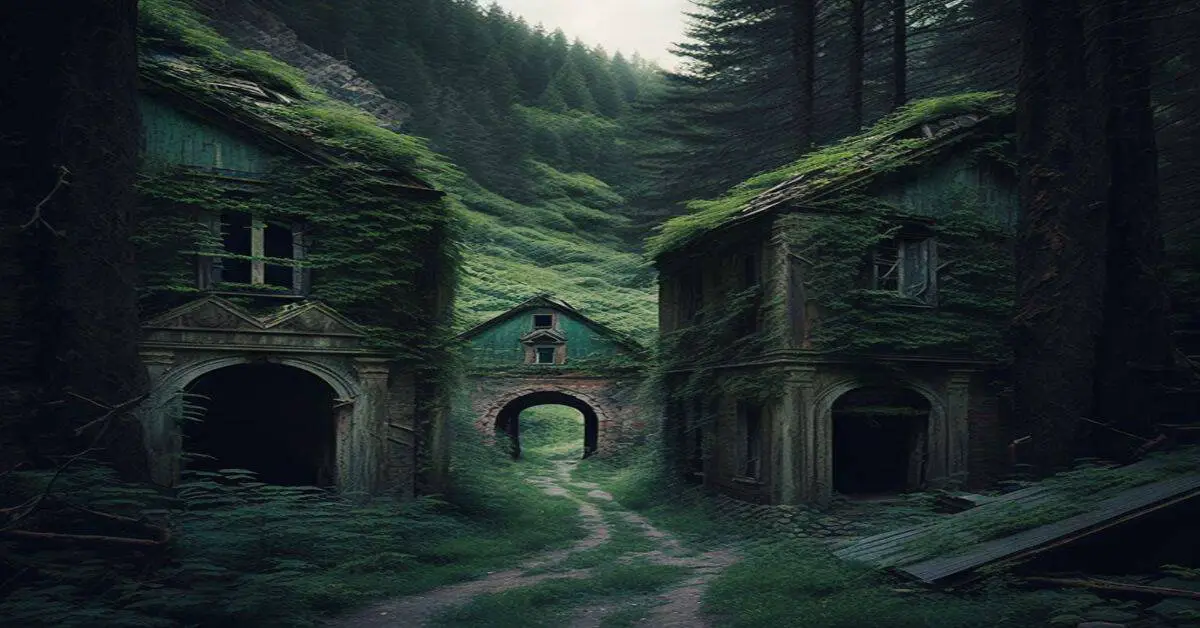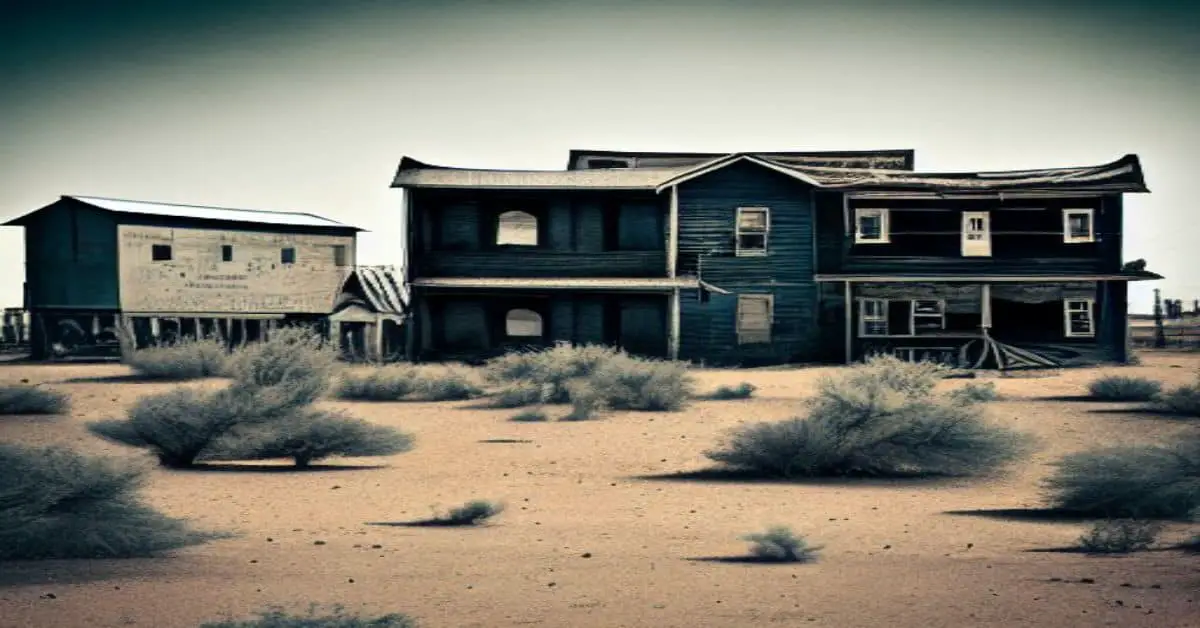Buckskin Joe (Laurette, Lauret), Colorado, Park County was once a bustling mining town that captivated the hopes and dreams of many during the Colorado Gold Rush era. Today, it is a ghostly reminder of the transient nature of boomtowns and the relentless pursuit of fortune. Below is detailed information about the town.
County: Park County
Zip Code: Not available
Latitude / Longitude: 39.2850° N, 106.1239° W
Elevation: 10,745 feet (3,275 meters)
Time Zone: Mountain Time Zone (MST/MDT)
Established: 1859
Disestablished: Approximately 1866
Comments: Buckskin Joe, also known as Laurette or Lauret, was established during the Colorado Gold Rush after gold was discovered in the area in 1859. It quickly grew to become one of Colorado’s most important mining towns, boasting a population of around 5,000 at its peak.
The town had a variety of amenities, including a post office, hotels, saloons, and even a newspaper named the Buckskin Joe Gazette. However, like many mining towns of the era, it was short-lived due to the depletion of gold resources and the subsequent population decline.
Remains: Some remnants of the original townsite exist, including a few building foundations and scattered artifacts. Additionally, the original site was reconstructed as a tourist attraction near Canon City, Colorado, until it was dismantled and moved to a private ranch in 2011.
The area was first settled by Americans in 1859 during the Pikes Peak Gold Rush, when gold was discovered along Buckskin Creek, on the east side of the Mosquito Range. At the time of its first settlement, the town was in the western part of Kansas Territory.
The town was formally organized in September 1860 and named Laurette, a contraction of the first names of the only two women in the camp, the sisters Laura and Jeanette Dodge. But it was always more popularly known as Buckskin Joe, after Joseph Higginbottom, an early trapper, and prospector.
Little is known for certain about Higginbottom. Some accounts refer to him as an African-American; some accounts say that he was the one who first discovered gold in the vicinity of the town.
Current Status: Ghost town. The placer and vein gold deposits were rich but were quickly exhausted. By 1866, the town was reportedly deserted, and the courthouse building was moved down the valley to the new county seat of Fairplay.
In the late 1950s, Horace Tabor’s general store was dismantled, hauled away, and reassembled at the tourist attraction and movie set called Buckskin Joe, 70 miles (110 km) from the original site.
Remarks: Buckskin Joe poignantly reminds us of the ephemeral nature of mining towns during the Gold Rush. Its rapid rise and fall encapsulate the fleeting prosperity and ultimate abandonment that characterized many similar towns.
Although the original townsite is mostly gone, its legacy lives on through historical records, stories, and the reconstructed site, which briefly allows visitors to step back in time.
Mining shifted to rich hard rock deposits in the Phillips lode and other veins. By 1861, when the Laurette/Buckskin Joe Post Office opened, the town boasted two hotels, fourteen stores, and a bank in the newly formed Colorado Territory.
On January 7, 1862, the county seat of Park County moved to Buckskin Joe from Tarryall, now also a ghost town. At its peak, the town was credited with a population of 5,000, but historian Robert L. Brown considers this number far too large.


